Living with hypertension means managing more than just blood pressure numbers—it requires a thoughtful approach to daily stress. While stress doesn’t directly cause chronic high blood pressure, it can trigger temporary spikes and lead to unhealthy habits that worsen the condition. Unfortunately, myths about stress and hypertension are widespread, often leading to confusion and inaction. This guide separates fact from fiction, offers practical stress-reduction strategies, and includes tools to track progress and stay motivated—especially for those managing high blood pressure.
While stress can cause temporary increases in blood pressure due to hormone surges like adrenaline, it doesn’t cause long-term hypertension on its own. However, chronic stress may lead to behaviors—such as poor diet, lack of exercise, or increased alcohol use—that contribute to sustained high blood pressure.
Techniques like deep breathing, mindfulness, and regular physical activity can reduce stress responses, support heart health, and complement medical treatment for hypertension.
Daily stressors—traffic, work deadlines, family responsibilities—can accumulate and impact blood pressure over time. These low-grade, ongoing stressors are often more damaging than isolated major events.
Even five minutes of deep breathing or a short walk can activate the body’s relaxation response, helping to lower heart rate and blood pressure over time.
Managing stress doesn’t require drastic lifestyle changes. Start with these evidence-based, hypertension-friendly techniques:
Controlled breathing activates the parasympathetic nervous system, slowing heart rate and reducing blood pressure. Try the 4-7-8 method: inhale for 4 seconds, hold for 7, exhale slowly for 8. Repeat 4 times, twice a day.

Exercise is a natural stress reliever and blood pressure regulator. Aim for 30 minutes of moderate activity—like brisk walking, swimming, or cycling—on most days. Even short 10-minute walks help.
Poor sleep increases stress hormones and raises blood pressure. Maintain a consistent sleep schedule, avoid screens before bed, and create a calming bedtime routine.
Caffeine and nicotine can elevate blood pressure and mimic stress symptoms. Try switching to decaf or herbal teas and consider reducing screen time, which can overstimulate the nervous system.
Tracking helps you see what works and stay motivated. Use these tools:
Motivation fades, but cues keep you on track. Try these:
If stress feels overwhelming or your blood pressure remains high despite lifestyle changes, consult your healthcare provider. You may benefit from counseling, medication adjustments, or structured programs like cardiac rehabilitation.
Reducing stress isn’t about eliminating every challenge—it’s about building resilience. For people with hypertension, small, consistent steps can lead to meaningful improvements in both mental well-being and cardiovascular health. By replacing myths with facts and adopting practical, trackable habits, you empower yourself to live with greater calm, control, and confidence.

Health

Health

Health

Health
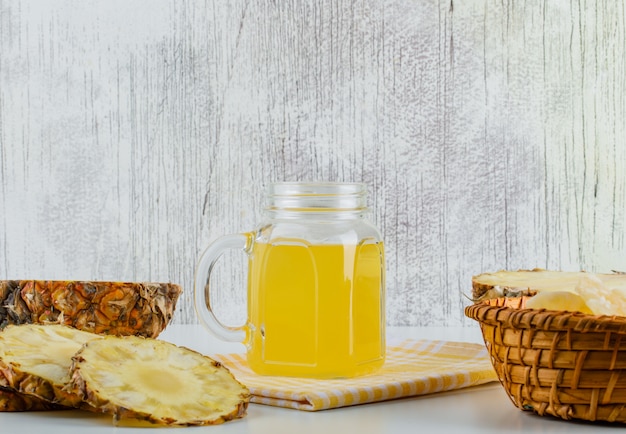
Health
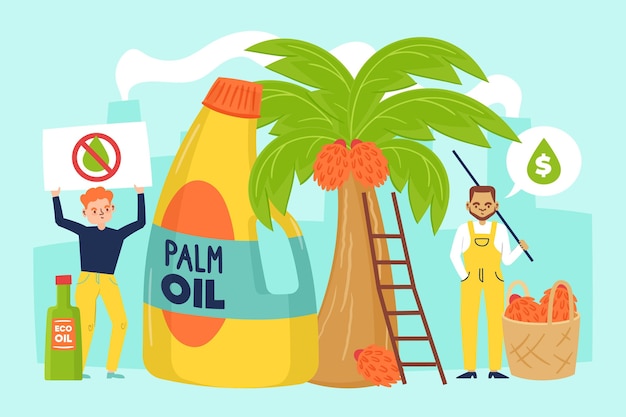
Health

Health

Health
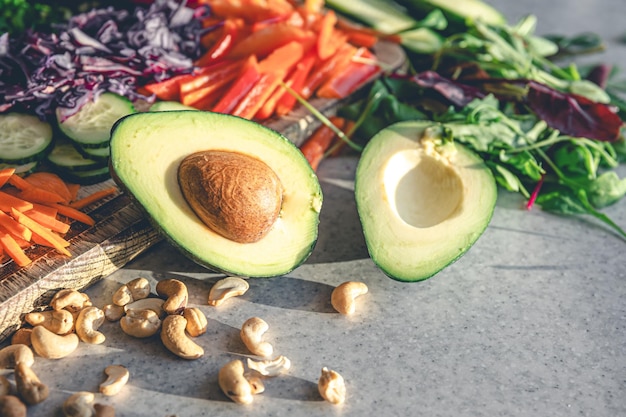
Health
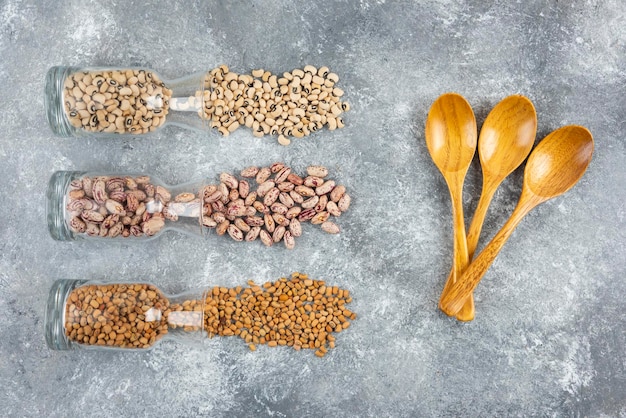
Health
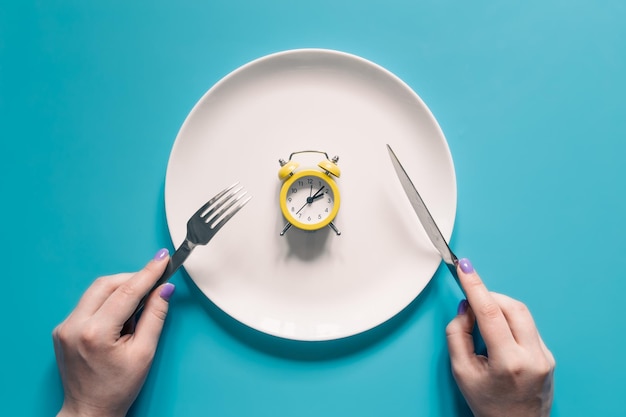
Wellness

Fitness

Health

Fitness

Health

Health